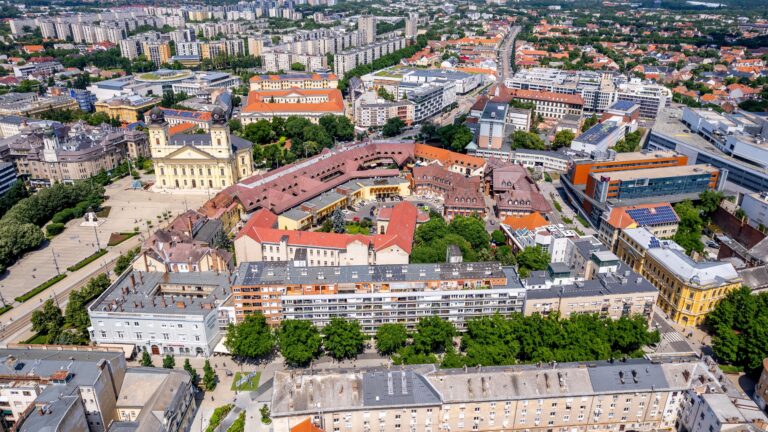The European Bank for Reconstruction and Development (EBRD) revised its projection of the performance of the Hungarian economy for this year and next year in its comprehensive regional forecast presented on Tuesday, 16 May.
The 36-page comprehensive spring assessment of the London-based institution established in 1991 to support the transformation of Central and Eastern European economies and the former Soviet region, predicts an average economic growth of 2.2 per cent this year and 3.4 per cent next year for the entire operational region of the EBRD, comprising 38 countries. Compared to the previous forecast issued in February, the EBRD has lowered its projection for the entire region by 0.1 percentage points for this year. The bank cited several reasons for this adjustment, including the earthquakes in Turkey in February, expected tightening of credit conditions, delayed reforms in the southern and eastern Mediterranean region, and the anticipated sluggish growth pace in the advanced market partner economies of the Central European and Baltic EU region.
However, the EBRD has improved its forecasts for the Hungarian economy. In its Tuesday report, the bank estimated a real growth of 0.4 per cent for 2023 and 3.5 per cent for 2024 in Hungary. The bank increased its estimate for the Hungarian Gross Domestic Product (GDP) growth this year by 0.6 percentage points and raised the growth projection for next year by a full percentage point. The report states that although European Union disbursements, especially the EU financial support for resilience improvements (RRF), are expected to materialise only from the end of 2023, the Hungarian economy will still be supported by foreign direct investments and other private capital inflows.
As for the entire Central European and Baltic EU region, the EBRD anticipates an average economic growth of 0.5 per cent this year and 2.9 per cent next year. The bank has slightly revised its forecast for this country group by 0.1 percentage points compared to the previous report, while it improved the projection for 2024 by 0.2 percentage points. In Ukraine, after a GDP contraction of 29.1 per cent last year, the EBRD expects economic growth of 1 per cent this year and 3 per cent in 2024. The bank has not modified these forecasts compared to its previous estimates.
The EBRD emphasises that, according to its calculations, the successful reconstruction of the Ukrainian economy would require an additional $50 billion of capital inflows annually at current prices, and the majority of these financing needs should be directed to the private sector.
The bank highlights that, mainly due to the spillover effects of the conflict in Ukraine, inflation rates in the EBRD economies were still in double digits in more than three-quarters of the countries as of March this year, when measured on a twelve-month basis. Among the countries in its operational area, Lebanon and Turkey have the worst inflation situation. In these two economies, inflation rates of 190 per cent and 51 per cent, respectively, were recorded at the end of the first quarter of this year compared to the same period last year, according to the Tuesday EBRD report.
Related articles:








